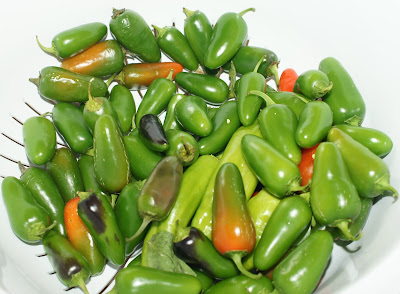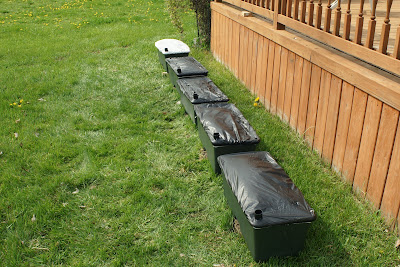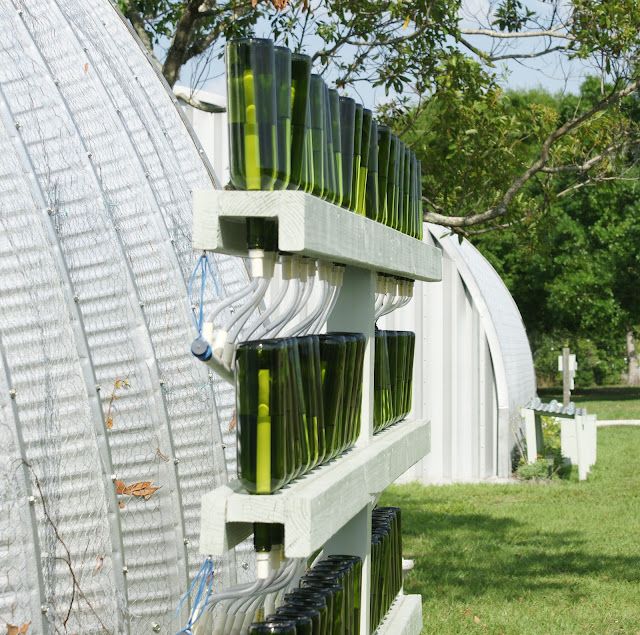If you've been to a book store, browsed the best selling books on Amazon.com, or watched the morning news talk shows in the past few years, then you've probably seen or heard about Tim Ferriss and his book titled
The 4-Hour Work Week.

It certainly sounds too good to be true, but it depends on your viewpoint. Some people see the title and immediately dismiss the idea, but they are most likely missing the point. The title and idea of a 4 hour work week is really more of a marketing ploy than a realistic idea. Most any successful business owner knows that during the start-up stages you will probably spend more than 4 hours and more like 80 hours, but again....it depends on the business and how you plan to scale it.
And let's not forget the definition of work. If you enjoy what you're doing, is it work? If you would do what you're doing whether someone paid you a single penny is it work?
To demonstrate some of my points above please consider this....
If you take a micro business idea like growing herbs and vegetables in unused space in your backyard or raising red wigglers in a spare room in your basement or garage, you might be surprised how little actual work it is and how much "return on investment" you receive.
If you are composting with red wigglers to reduce your household waste stream or growing vegetables for your family to eat, what's to stop you from selling the extras for a few dollars? Does it take a lot of extra work on top of the work you're already doing? If you're already doing it for fun, then is it actually work if you sell the extras to your friends and neighbors? You can place ads on Craigslist to sell red wigglers and I know from personal experience that you will soon have people e-mailing you at all hours of the night asking to buy them from you.
Earning what you consider significant income may take a while, but based on your upfront investment the ROI
can be significant.
Here's my pesonal testimonial provided as motivation for you:
In 2008 I purchased 1 lb of red wigglers for $29 from a local supplier and had them delivered to my door via the United States Postal Service. I put them in a typcial home style vermicomposting system and was off and running. Within a few months, it became a challenge to see how fast I could multiple my worms into greater numbers.
I added a few additional items to my composting efforts including a Rubbermaid plastic tub, a 12 gallon Utility Mixing Tray, six 5 gallon buckets, and several inexpensive 2 gallon plastic storage bins. I purchased several feed sacks full of rabbit manure from a local farmer for $5 a bag and posted an add on Craigslist offering worms for sale. Commercial worms farmers laughed at my efforts I'm sure, but from my original $29 investment I earned several hundred dollars enjoying a hobby turned micro business opportunity doing something I enjoyed immensely and I helped spread the knowledge regarding how to turn household kitchen waste into a desireable soil amendment. And...I spent much less time than 4 hours per week doing it. I used a free website to promote it online, a free service to advertise it online, and I received numerous referrals from local gardening and hydroponics businesses for local customers wanting to purchase red wigglers. My ROI for this whole project was probably in the vincinity of 500-600% or maybe even more (I didn't keep track of every single solitary expense).
You might be wondering if I am still pursuing this business or not and why I would want to share these details on this website.
I relocated across the country for my "job" and abandoned the business for a while since I couldn't realistically move 20 lbs of red wigglers in trunk of my car and drive them 1,500 miles in 100 degree heat. But, now that I'm settled in I have every intention of resuming my micro entrepreneurial efforts. And this time, I will also avoid a few of the pitfalls I experienced the first time like buying worm composting containers from commercial sources. I'll simply use stuff I've already got laying around the house and garage.










































